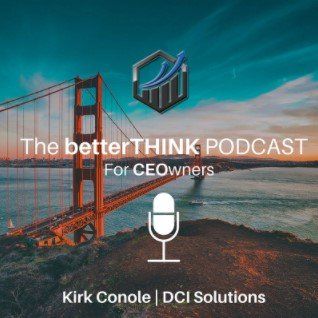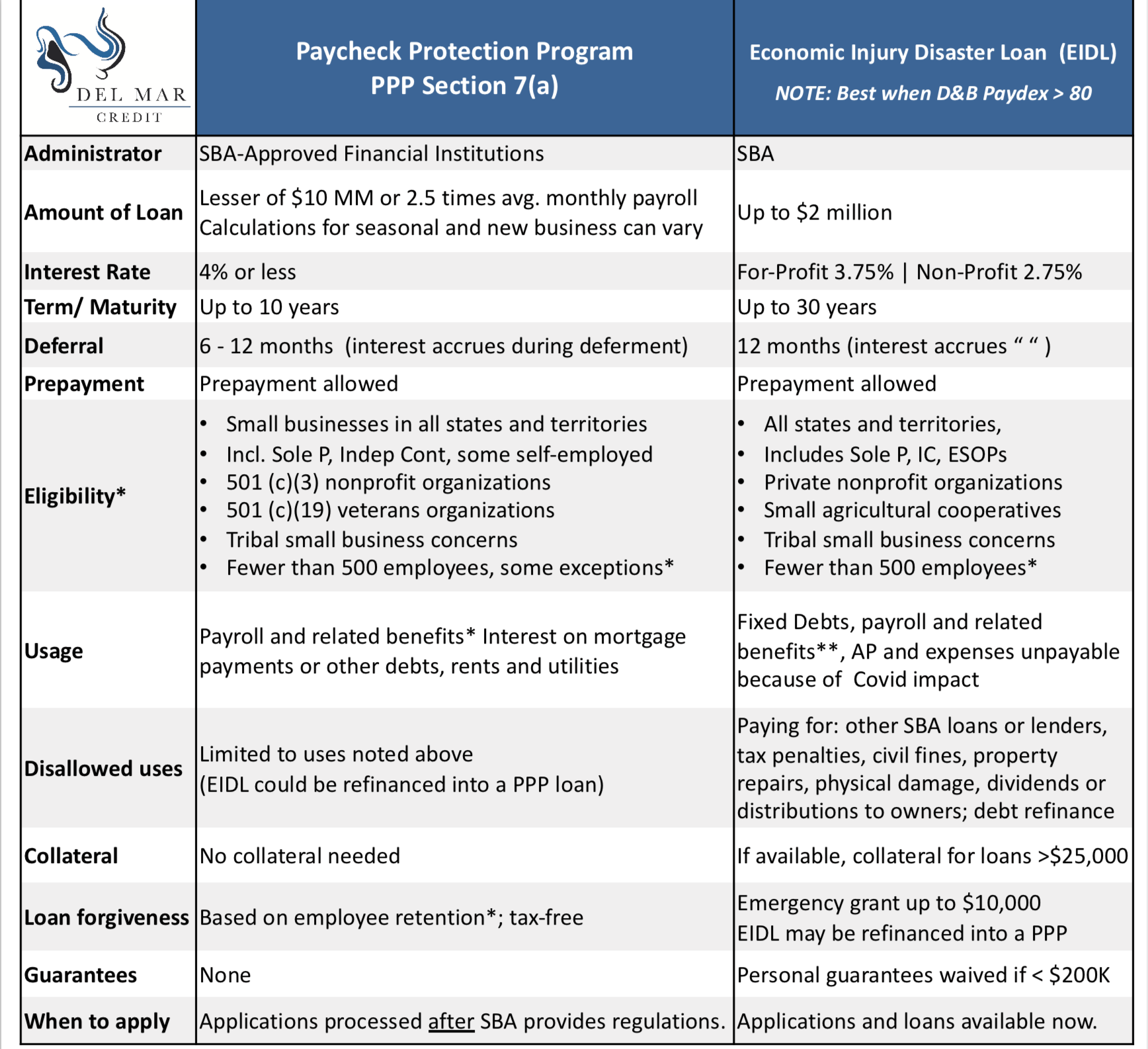Sufficiently Engaged Employees

Sufficiently Engaged Employees
By Kirk Conole and Bruce Raymond Wright
Employee engagement determines a company’s health and profitability. Across a wide number of companies, Gallup reports that the level of employee engagement follows a “1/6 : 2/6 : 3/6” ratio.
- 1 out of 6 employees (including management) resist the ownership’s goals and vision.
- 2 out of 6 support the ownership’s goals and vision.
- 3 out of 6 are “neutral.” They can be swayed by either the “resisters” or the “supporters.”
Owners and executives should understand that they are competing every day with the “resisting “1 /6” to win over the neutral “3 / 6” and to sustain supportive engagement from the “2/6.”
To improve the chances of winning this competition, leaders should recognize and avoid two common flaws:
FLAW #1: CRITICAL LEADERSHIP
“Critical Leadership” results in staff feeling less than fully appreciated if not rewarded for taking informed but unrequired risks that could be in the best interest of the company’s ownership.
Example: The CFO and the controller of a privately held company understood how a specialized tax credit and cost review would recover substantial amounts of cash. “The problem,” he said behind closed doors, “is the owner of this company would criticize us for not being able to find this money all by ourselves without you. We can’t have that.”
In this example, the company owners and all of the “stakeholders” lose valuable cash because an “Insufficiently Engaged Employee” didn’t want to accept what was misperceived as personal risk.
FLAW #2: REMOTE LEADERSHIP
The best leadership is close enough to offer clear guidance, incentives and accountability to ensure the organization’s health and profitability. When personal attention is too remote for too long a period of time, the important opportunities that should be first brought to the owner/CEO for an informed decision and then implemented by the staff are ignored or blocked. Instead those opportunities are left for the staff to review and pursue or ignore according to their “personal perspective” and desire to avoid “personal risk.” This “Abdelegation” (combination of delegation mixed with abdication) is why too many great decisions and gains don’t get made in time, if ever.
Example: For the last few years, an AP audit/recovery service recovered millions for a Fortune 1000 company. In response to a corporate directive to cut costs, the accounting department either had to let go of a well-liked staff member or discontinue the AP audit/recovery service which was paying for itself many times over. The department discontinued the service. The company is now in worse financial condition than when the accounting department was asked to cut costs. Penny wise and pound foolish? Obviously, YES! But when given the opportunity to save jobs, many people will do so – even when it hurts the company and the common good.
In both cases the decisions made by executives and staff were inline chiefly with the best interests of the company’s management personnel rather than the company or the company’s owner(s). The alternative is to replace the perspective of being overbearing and remote bosses to apply a leadership practice that causes employees to perceive them not as bosses, but as “Fully Engaged Employee-Centered Leaders.”
To lead better, an owner/CEO should start with the assumption that the employer’s profitability is still secondary to other work-related priorities held by his VPs and department heads. Their priorities include: job security, career advancement, autonomy, peace, compensation, (pay benefits, flex time), recognition (office relationships, peer respect, recognition from superiors), personal development, and the avoidance of more stress/work for which there is no extra reward.
One simple improvement leaders can use to improve employee engagement and corporate profits simultaneously is DCI’s “3-A Communication.” The 3-A’s are:
- Align. Show how your decisions/goals align with employee well being and with the big picture.
- Affirm. Show respect and care for those touched by your decisions.
- Assign. Clarify roles, expectations and rewards for people carrying out your decisions.
As an example, clients of DCI use this memo which incorporates “3-A Leadership” principles:
Our executive team is committed to continually improving our employee well being with cost structure and financial health without reducing the quality of the services we give or the services we deliver to our consumers.
To achieve these goals, we have engaged DCI Solutions to identify opportunities within our tax and overhead structure for additional discounts, credits, and refunds. Their mandate is to help us see worthwhile recoveries and cost savings without creating any risk for or unreasonable burdens on our staff.
At some point DCI may request your time or input in order to expedite a savings for the good of our company. Your cooperation in this matter is necessary and appreciated. The resulting success reflects well on each department and person involved. The more effective DCI is in saving money for the company, the more profits we will have to grow our business and bonus our people.
If you have any questions, concerns, or needs that cannot best be addressed by DCI Solutions directly, please feel free to contact _______________ the chief advocate reporting to me for this project.
Kirk Conole
DCI Solutions
info@dcisolutions.net
DCI Solutions, a merger of specialized tax credit and overhead cost analysts, was founded to bring millions to our clients’ cash flow, profit, and equity value that they otherwise wouldn’t receive.
Requiring no capital investment from our clients, we share in the substantial, verified value we create for them and offer true, win-win relationships to the elite executives and advisors who refer us.








